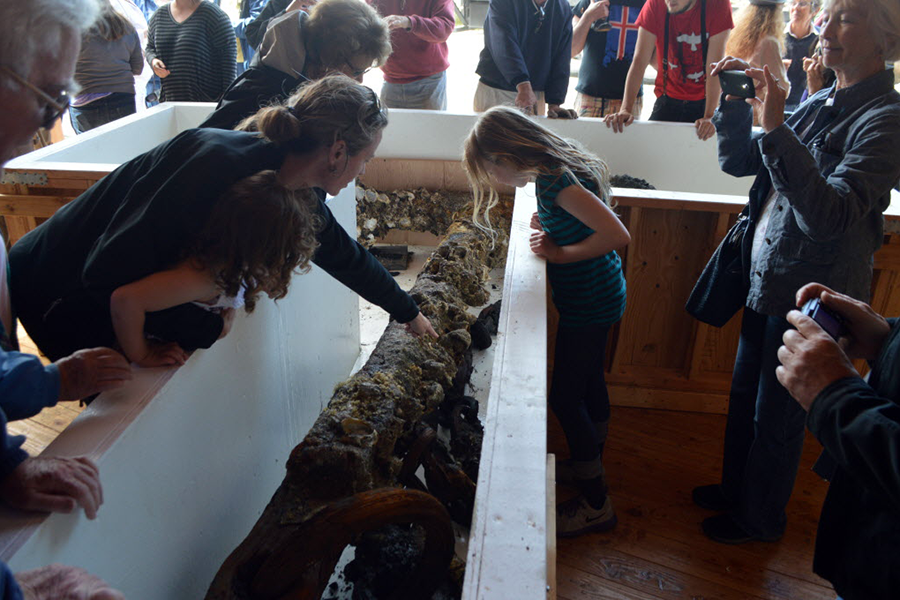Puget Sound anchor may be from historic 1792 voyage
Loading...
| PORT TOWNSEND, Wash.
Experts will examine an anchor recovered from Puget Sound north of Seattle to determine if it was from one of the earliest ships to explore Northwest waters.
The anchor was found six years ago by sea-cucumber diver Doug Monk, who formed Anchor Ventures with amateur historian Scott Grimm to bring it to the surface. It was in Admiralty Inlet off Whidbey Island.
The Seattle Times and the Peninsula Daily News report the 900-pound anchor might be the one lost by the HMS Chatham, a Royal Navy survey brig. The ship accompanied the HMS Discovery as British explorer George Vancouver's charted the West Coast in 1792.
The anchor was taken Monday to the Northwest Maritime Center in Port Townsend. It will be prepared for shipping to Texas A&M University in College Station, Texas, where experts will try to determine whether it's really the anchor lost 222 years ago.







